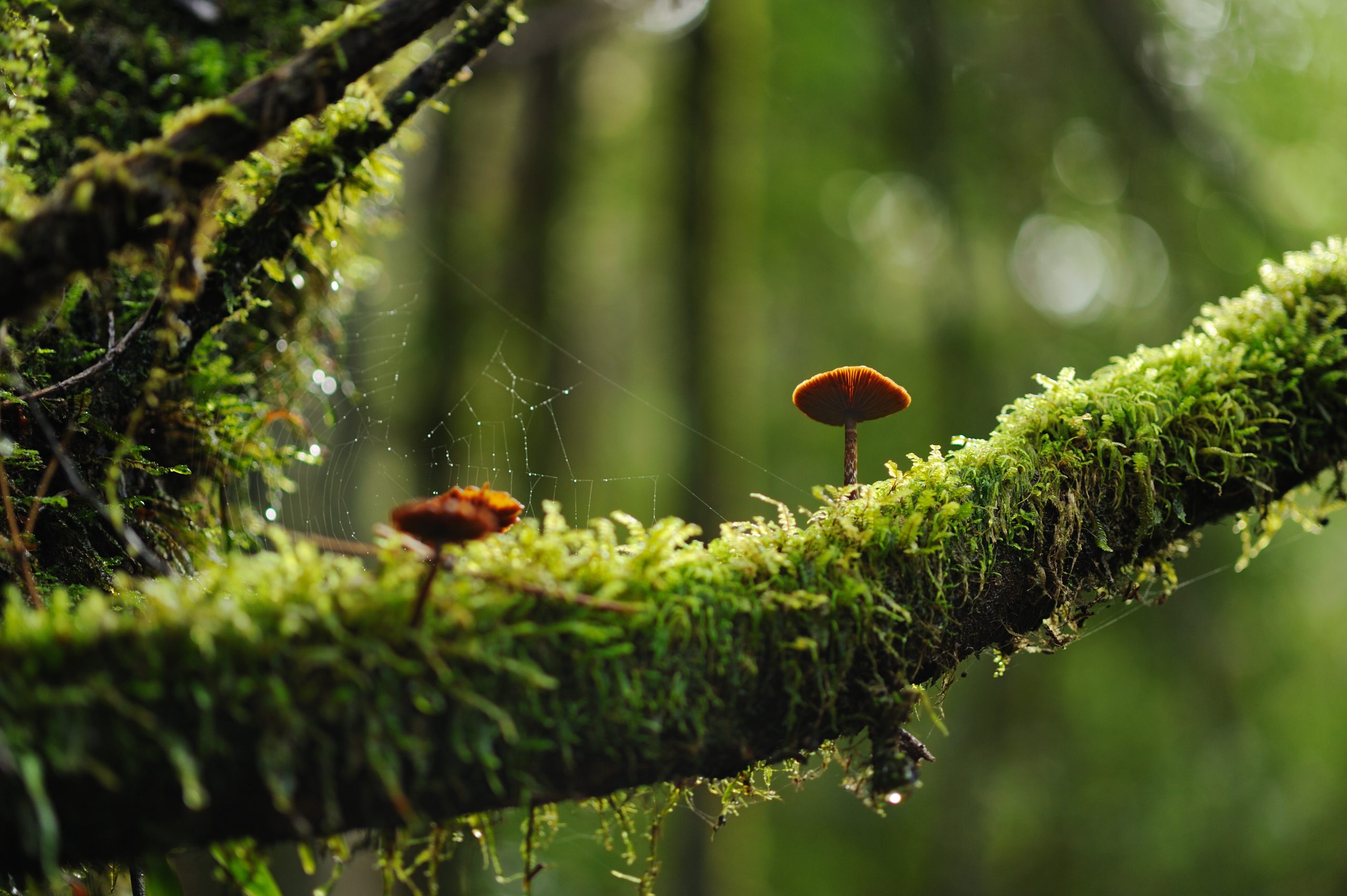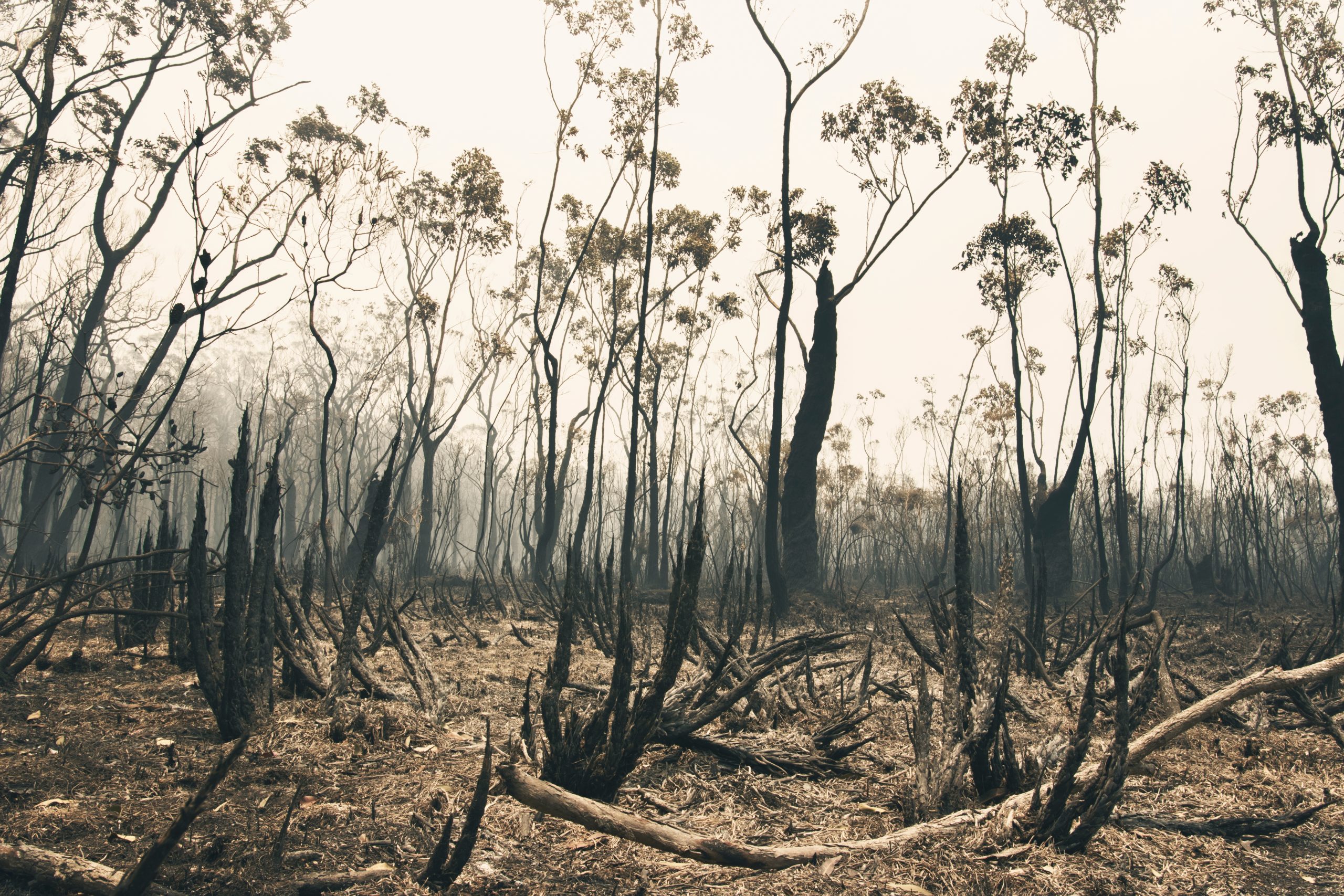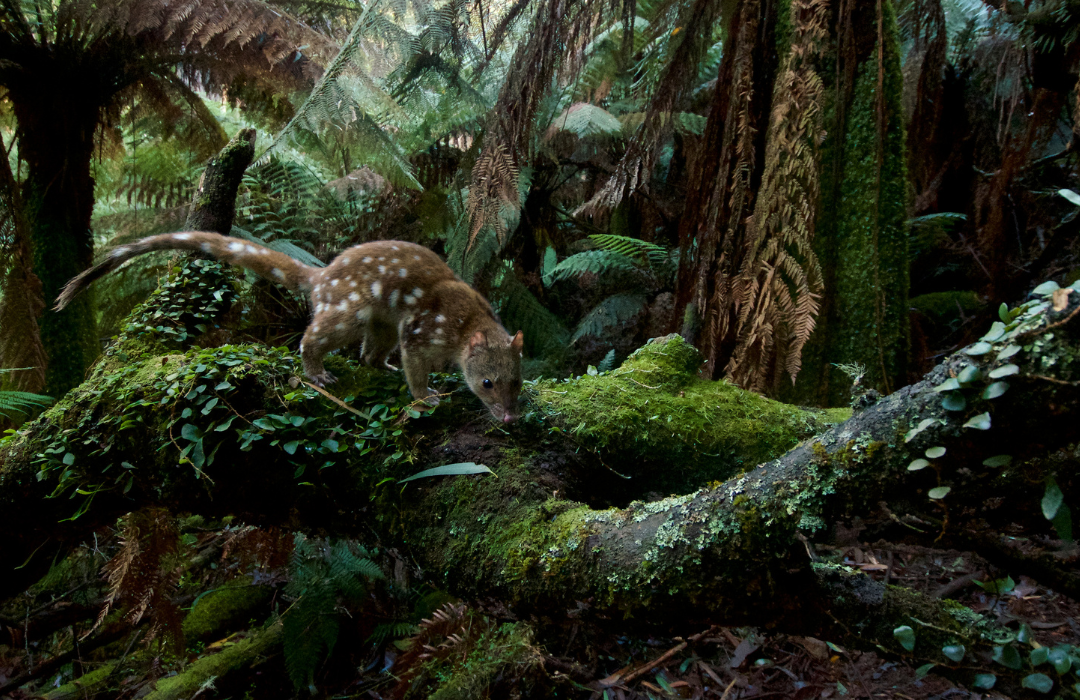
The Environment Protection and Biodiversity Conservation (EPBC) Act is the central piece of Australia’s environmental protection framework.
It gives Australia’s environment minister a vital responsibility: the fate of nationally significant places, ecosystems, plants and wildlife.
The minister must protect thousands of animal and plant species at risk of extinction, as well as places of deep significance for First Nations people, World Heritage sites, National Parks, the Great Barrier Reef Marine Park and internationally significant wetlands and marine environments.
Here's how climate damage will push them to the brink
Until now, Australia’s previous environment ministers have not considered the climate impact of coal and gas proposals on any of these living wonders.
ECoCeQ’s legal intervention sought to change this. They called on Tanya Plibersek to face the evidence, listen, and act.
You can search the evidence on specific plant or animal species, place, marine areas or ecosystem communities – or keep reading to explore the evidence within each category.
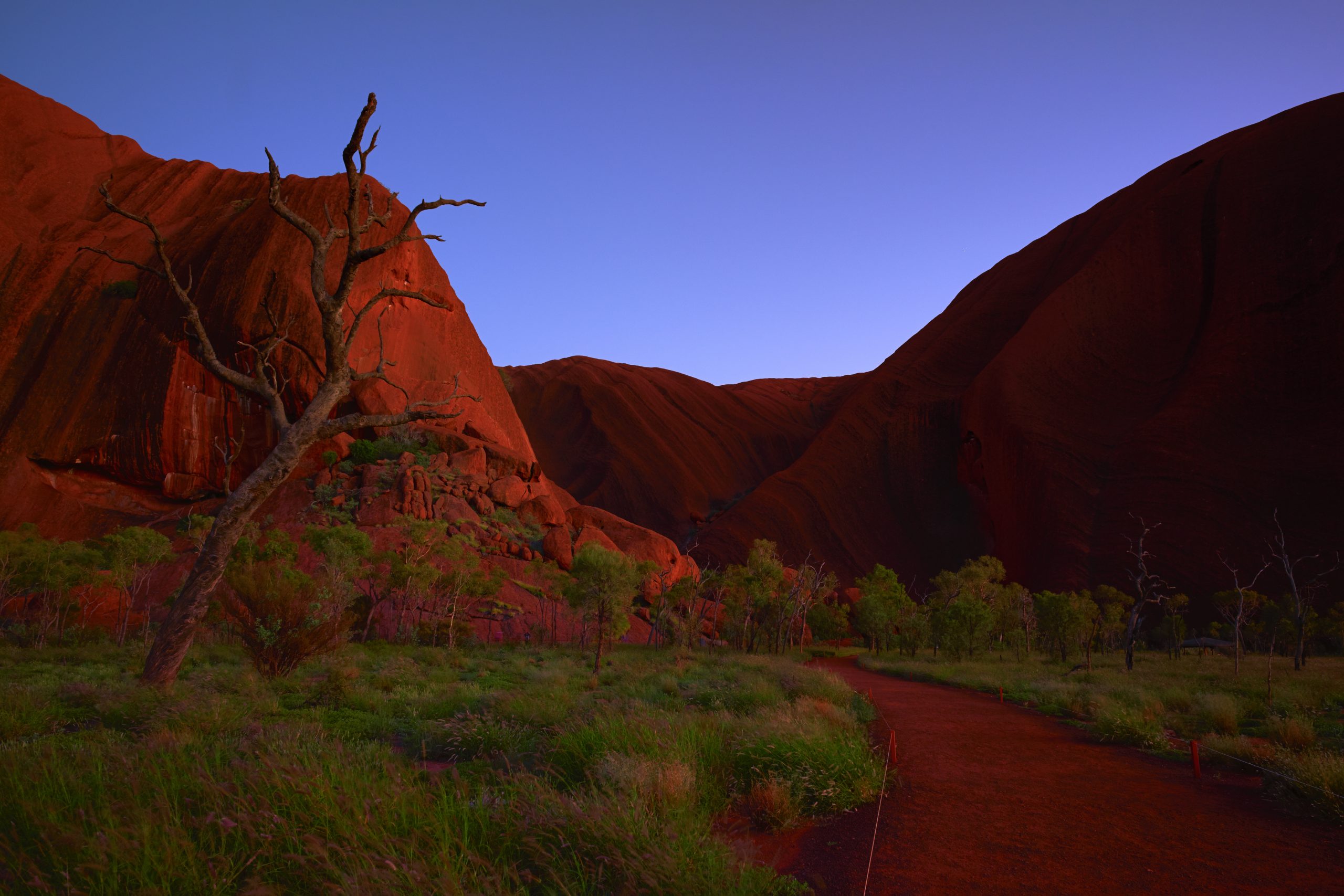
World Heritage properties
Some places have such extraordinary value to humanity, they've been given protection by UNSECO. But most of these 90 sites are likely to be harmed by climate change.
National Heritage places
From the Australian Alps to Queensland's Wet Tropics, the Warrumbungles to Recherche Bay, dozens of places with outstanding natural, historic or Indigenous significance are at risk.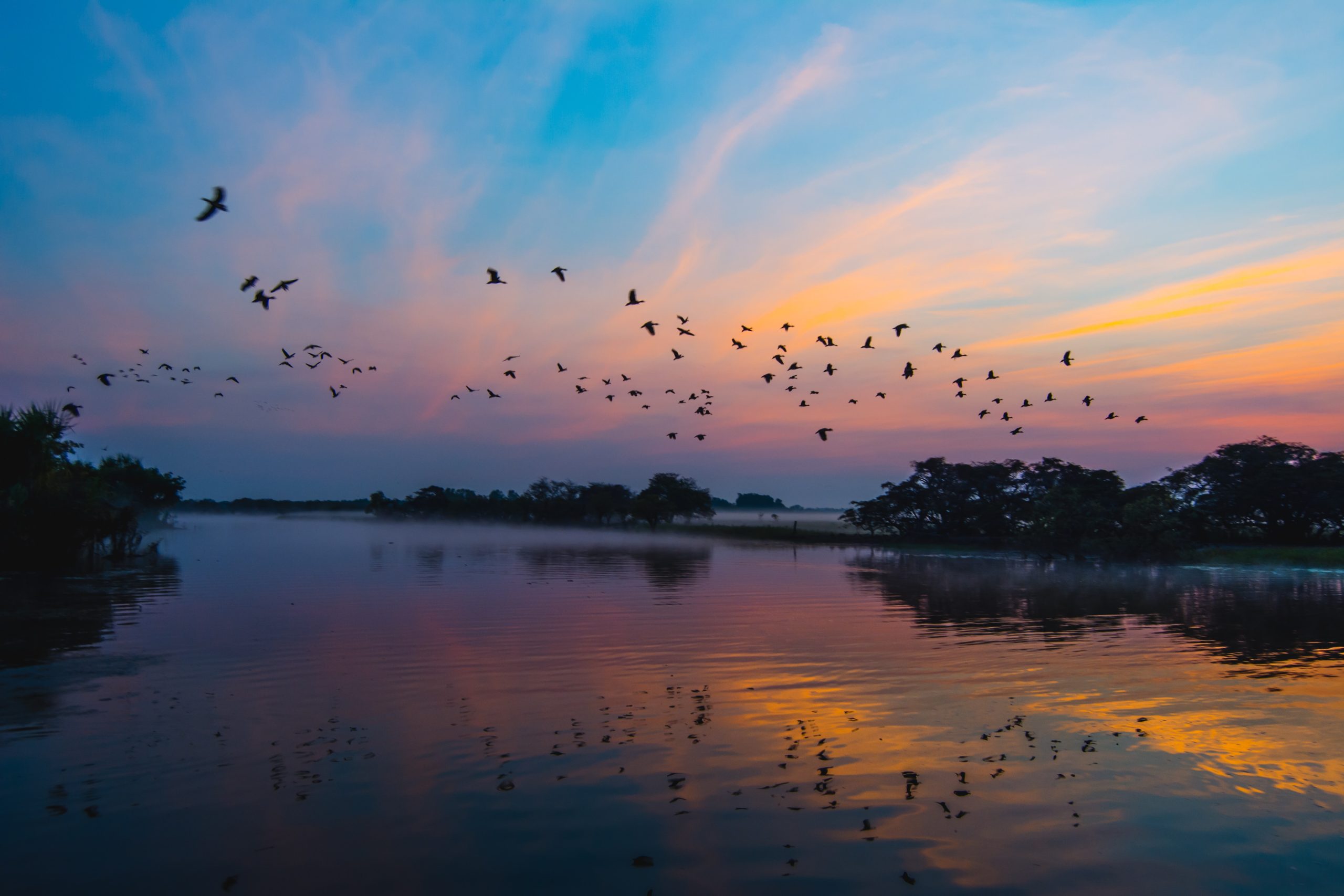
Ramsar wetlands
Some of Australia's most abundant ecosystems are Ramsar Wetlands of International Importance. Climate change is a key threat for many of them.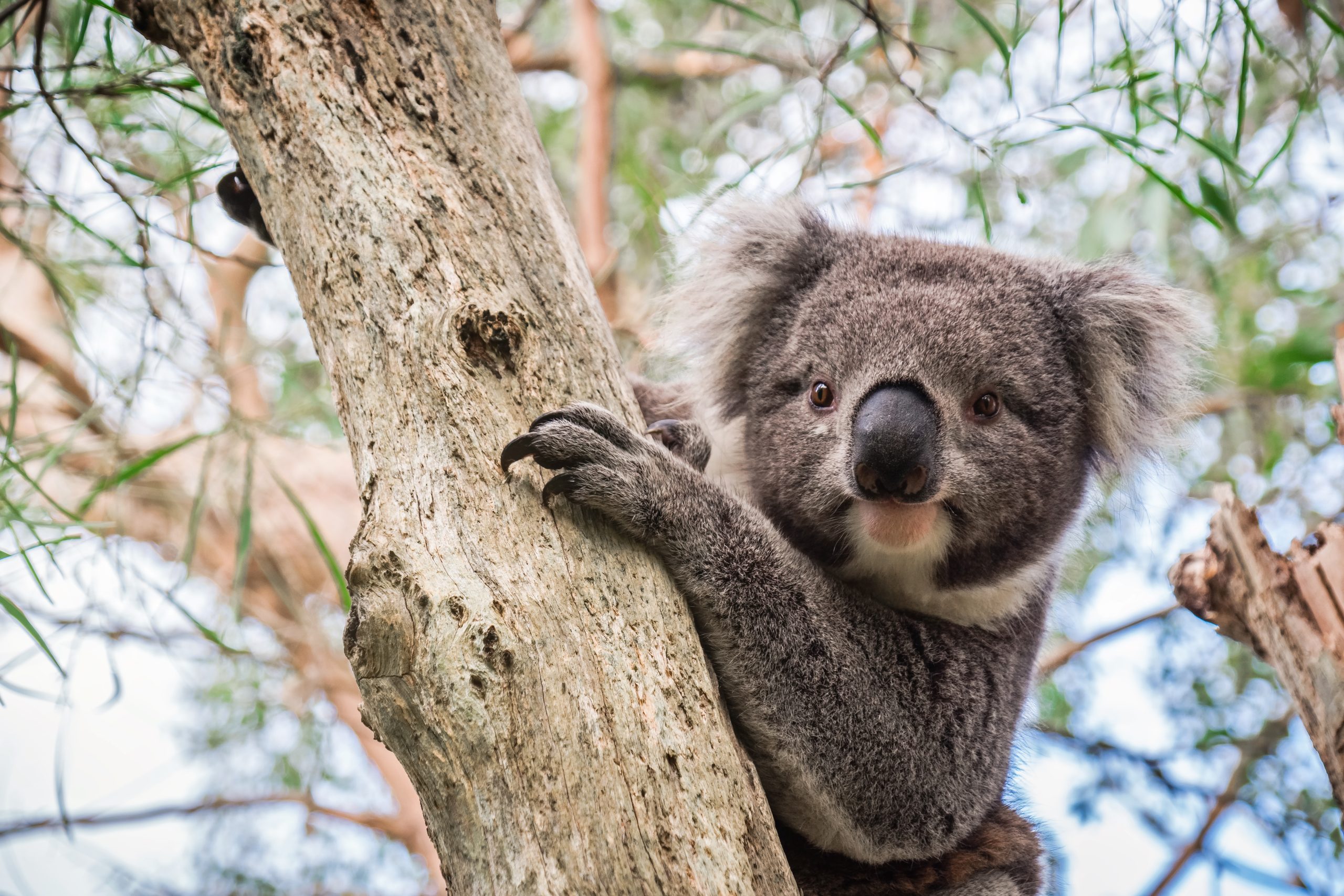
Threatened animals
From the koala to the cassowary, many of Australia's animals are found nowhere else on Earth. But nearly 2000 species are already at risk of extinction, and climate change is only making matters worse.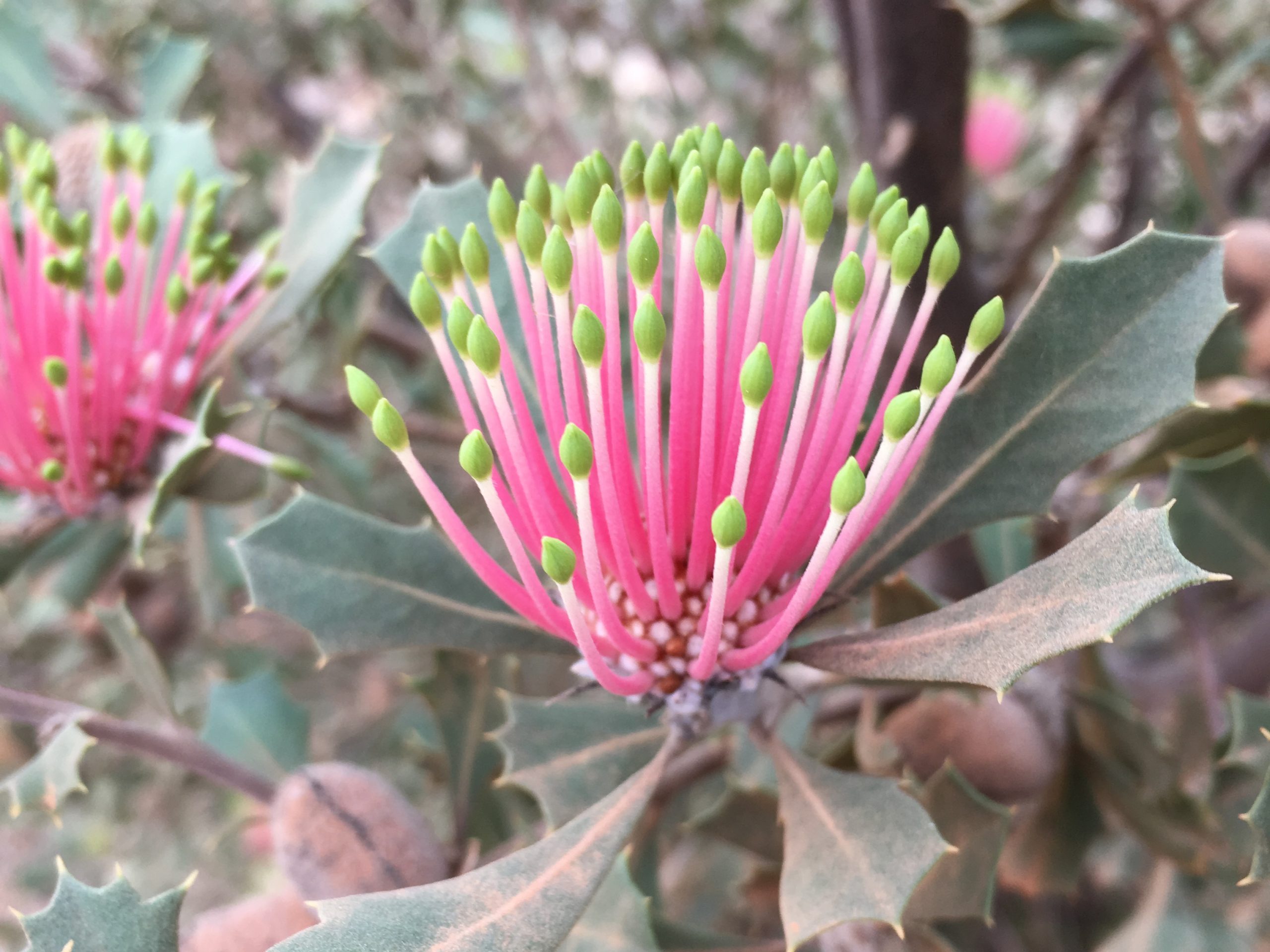
Threatened plants
Australia is home to an incredible diversity of plant species, from eucalypts and banksias to wildflowers and wattle. But a thousand different species are likely to be harmed by climate change.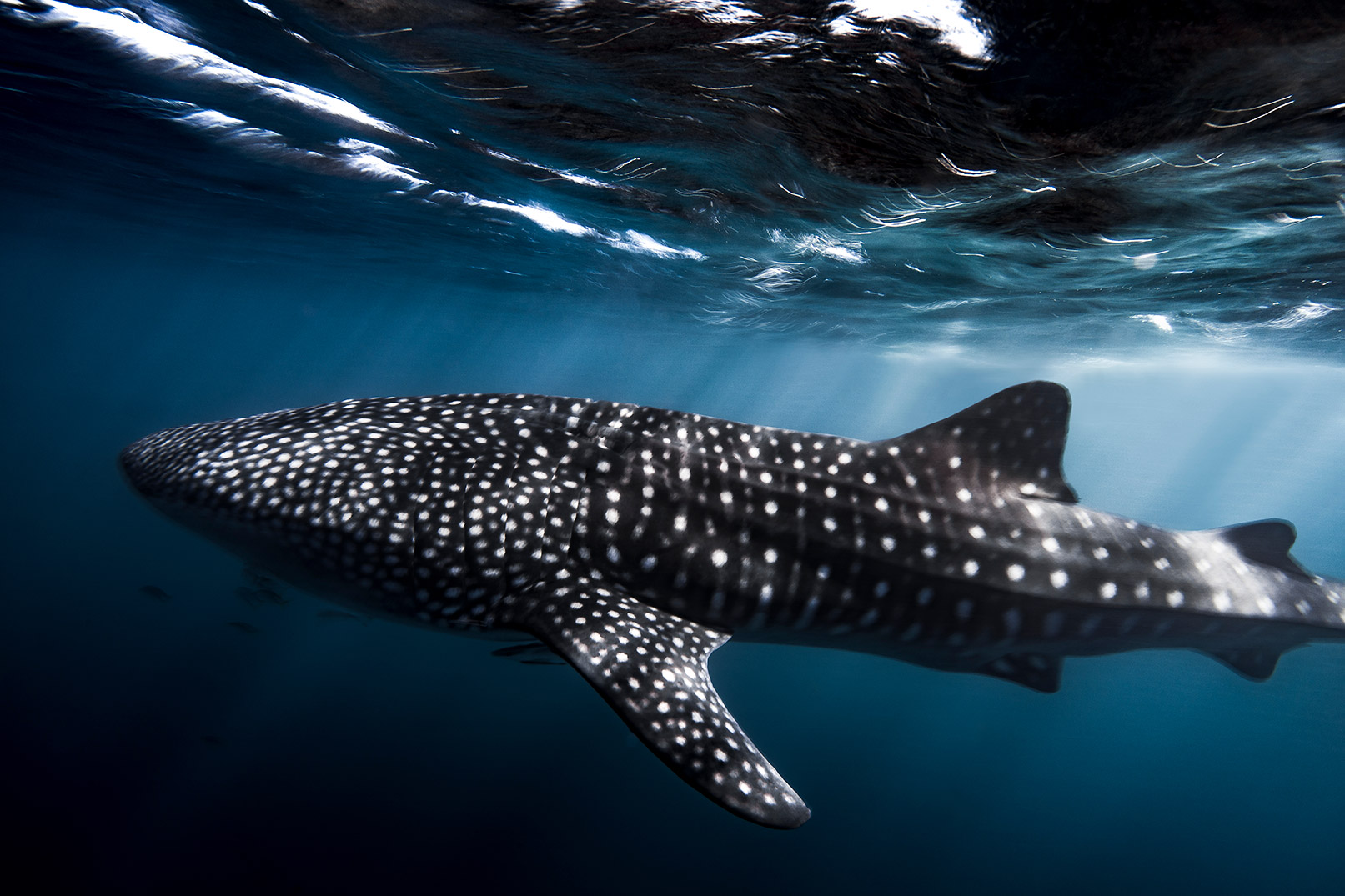
Migratory species
Whales, albatrosses and many other migratory species nest, nurse and feed in our seas and waterways. Yet climate change threatens most of these visitors.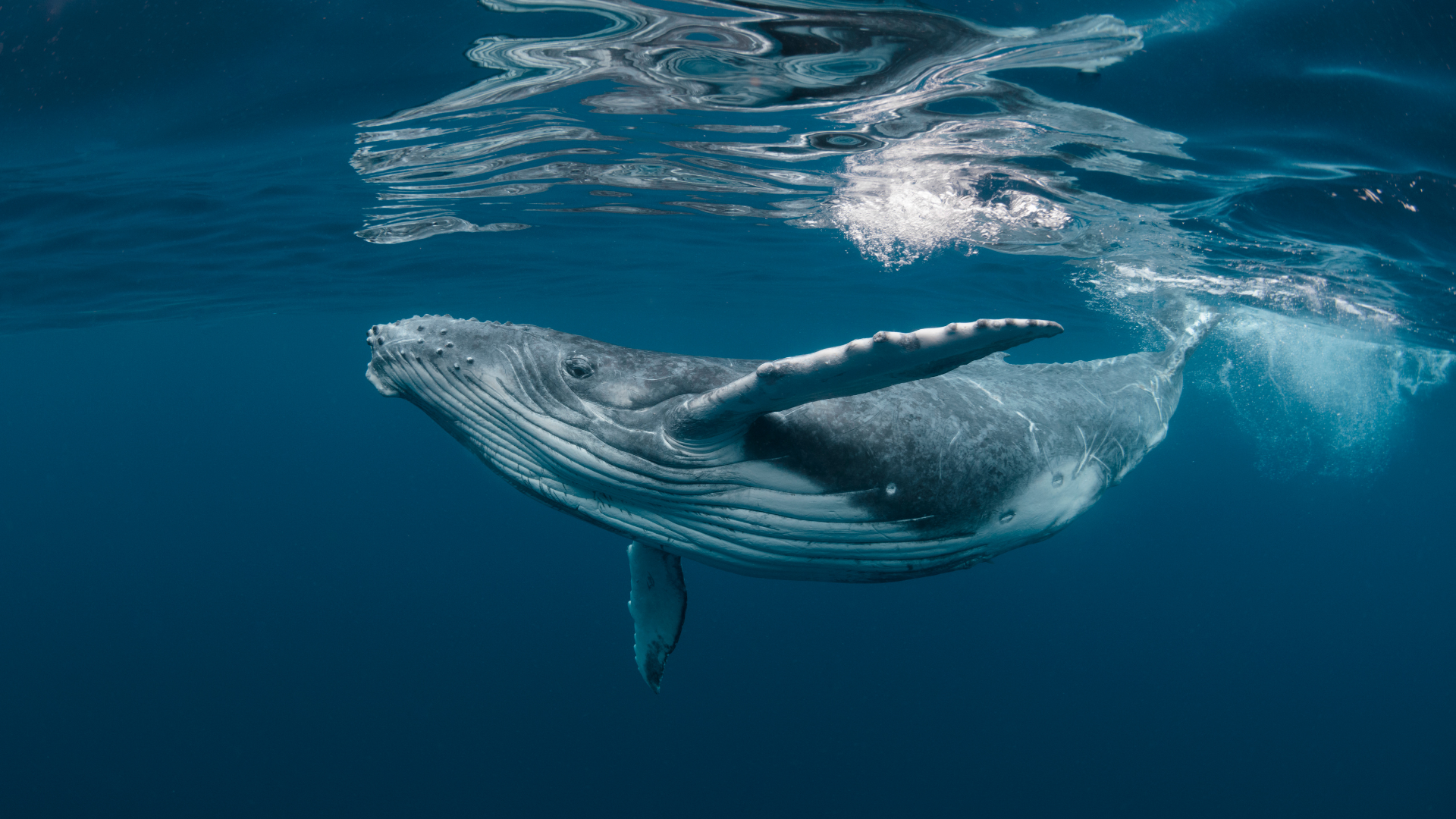
Commonwealth marine areas
Covering millions of square kilometers, Australia is the steward of the world’s third largest marine territory. Yet all five of these marine park networks are under threat.